The history of India
The history of India is a long and complex one, spanning over 5,000 years. Here is a brief overview of some of the major events and periods in India’s history:
1. Indus Valley Civilization (c. 3300 BCE – 1300 BCE): The Indus Valley Civilization was one of the earliest civilizations in the world, located in the northwestern region of India. It was known for its advanced urban planning, trading networks, and a script that has yet to be fully deciphered.
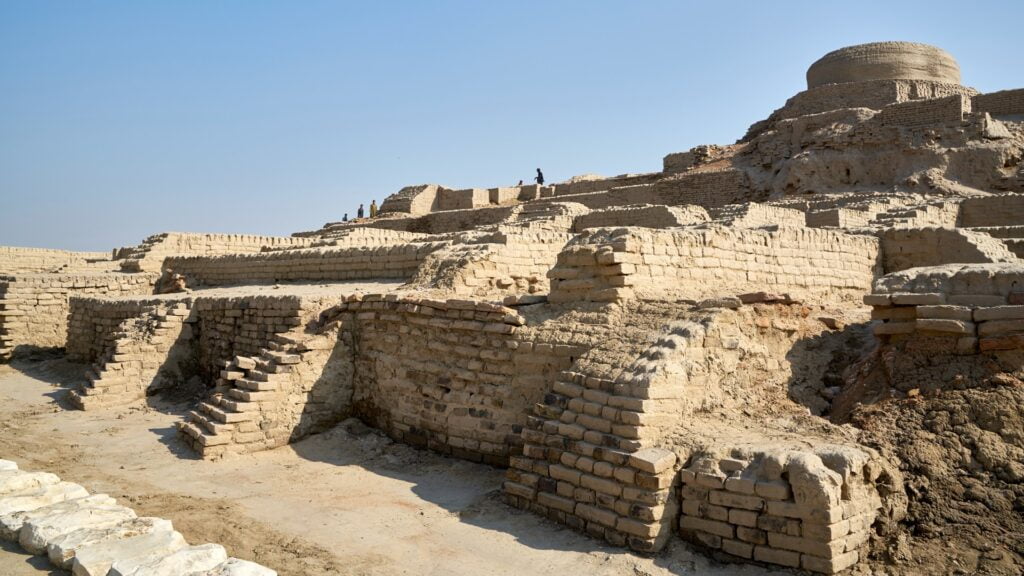
2. Vedic Period (c. 1500 BCE – 500 BCE): The Vedic Period saw the composition of the Vedas, a collection of hymns and religious texts that form the basis of Hinduism. It also saw the rise of various kingdoms and empires in northern India.
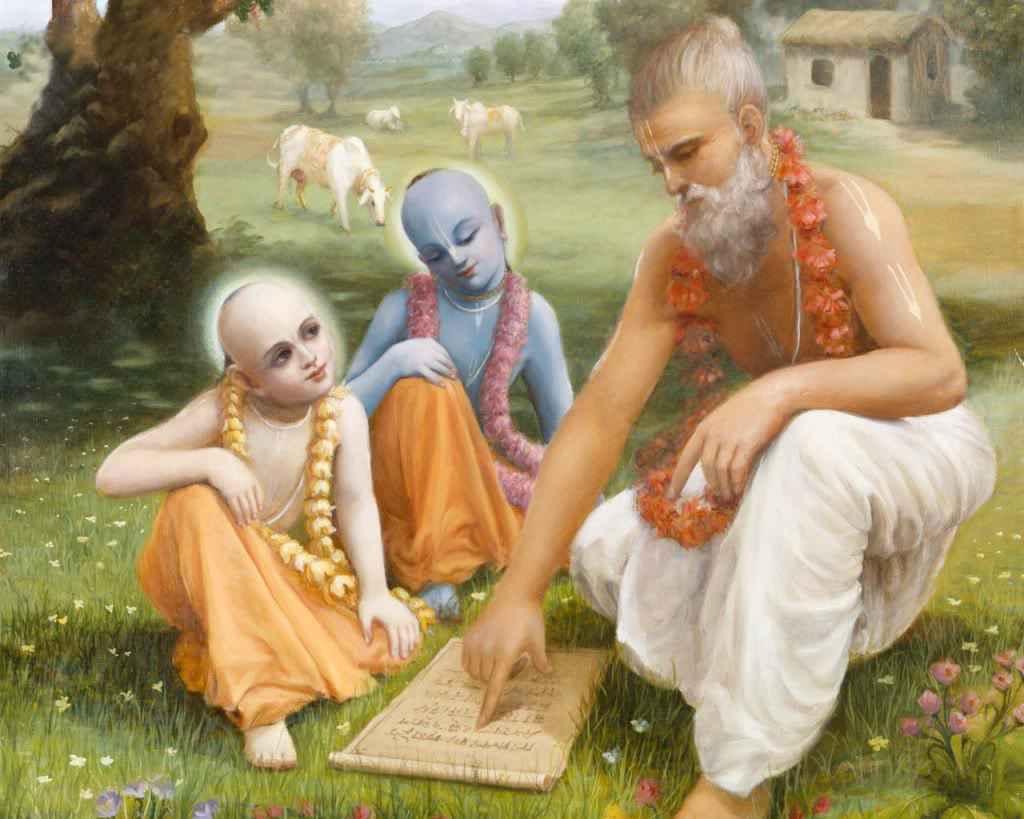
3. Maurya Empire (321 BCE – 185 BCE): The Maurya Empire was one of the largest empires in Indian history, covering most of modern-day India and parts of Pakistan, Bangladesh, and Afghanistan. It was known for its efficient administration, strong military, and the rule of Emperor Ashoka, who promoted Buddhism throughout the empire.
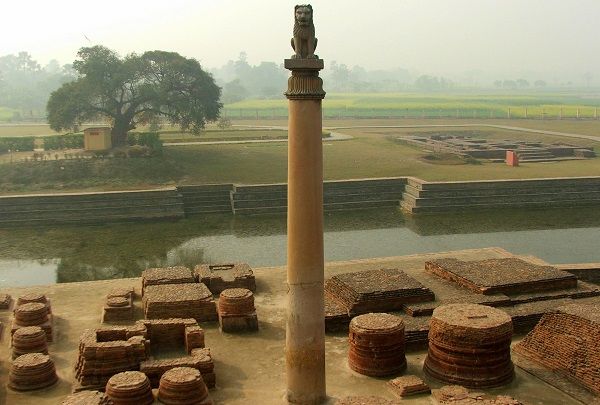
4. Gupta Empire (c. 320 CE – 550 CE): The Gupta Empire was a period of great cultural and intellectual development in India, known for its advances in mathematics, astronomy, medicine, and the arts. It also saw the rise of Hinduism as a dominant religion.
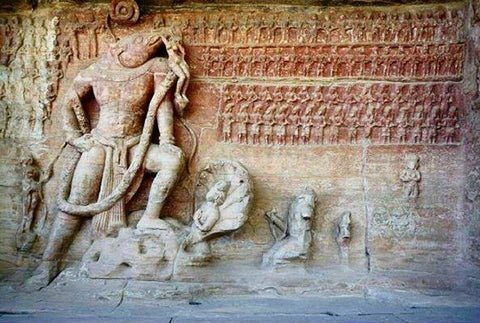
5. Mughal Empire (1526 CE – 1857 CE): The Mughal Empire was a Muslim empire that ruled over most of India, Pakistan, and Bangladesh. It was known for its art, architecture, and military might, with famous rulers such as Akbar, Jahangir, and Shah Jahan.
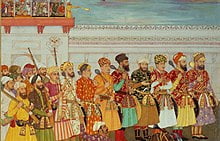
6. British Raj (1858 CE – 1947 CE): The British Raj was a period of British colonial rule in India, marked by economic exploitation, political repression, and social and cultural changes. It also saw the rise of Indian nationalism and the struggle for independence, led by figures such as Mahatma Gandhi and Jawaharlal Nehru.
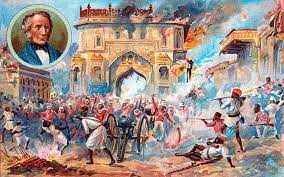
7. Independent India (1947 CE – present): India gained independence from British rule in 1947, becoming a democratic republic. It has since gone through various political, social, and economic changes, including the Green Revolution, liberalization, and globalization.
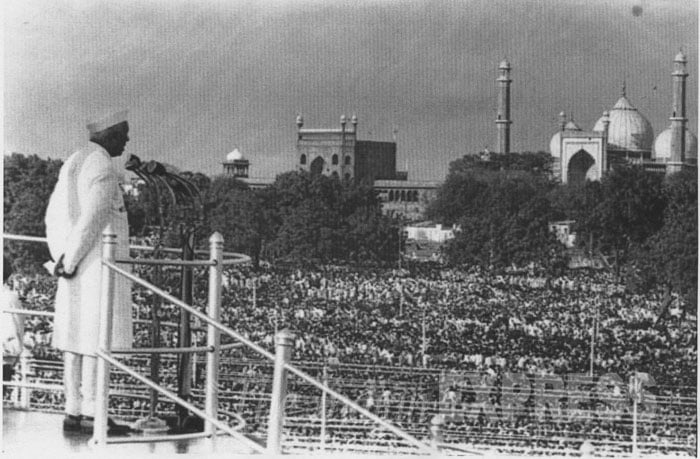
This is just a brief overview of the history of India, which is rich and diverse, with many different cultures, languages, and traditions.
After Independent India:
India gained independence from British rule on August 15, 1947, and became a democratic republic. The post-independence period has been marked by significant political, economic, and social changes. Here are some key events and developments in India after independence:
1. The Constitution of India: India adopted a new constitution in 1950, which provided for a federal system of government with a strong central government, as well as a Bill of Rights and an independent judiciary.
2. Economic Development: India embarked on a path of economic development and industrialization after independence, with the establishment of public sector enterprises and the promotion of agriculture, infrastructure, and technology. The Green Revolution in the 1960s brought about a significant increase in agricultural productivity, while the liberalization policies of the 1990s opened up the Indian economy to foreign investment and trade.
3. Political Changes: India has seen many political changes since independence, including the formation of various political parties, the establishment of the parliamentary system of government, and the adoption of various reforms to promote democracy, such as the Right to Information Act and the National Rural Employment Guarantee Act.
4. Wars and Conflicts: India has been involved in several wars and conflicts since independence, including the India-Pakistan Wars of 1947, 1965, and 1971, as well as the India-China War of 1962. India has also been involved in several internal conflicts, such as the Naxalite insurgency and the ongoing conflict in Jammu and Kashmir.
5. Social Changes: India has undergone significant social changes since independence, with the abolition of the caste system and the promotion of gender equality, among other reforms. However, India continues to face challenges in addressing issues such as poverty, corruption, and discrimination.
Overall, India’s post-independence period has been marked by significant progress and development, as well as challenges and setbacks. The country continues to evolve and grow, with a young and dynamic population, a diverse economy, and a rich cultural heritage.
India is a land of rich culture and history, and there are many mysterious things that have fascinated people for centuries. Here are a few examples:
1. The Taj Mahal: The Taj Mahal is one of the most famous and beautiful buildings in the world. It was built by the Mughal emperor Shah Jahan in memory of his beloved wife, Mumtaz Mahal. The building’s stunning architecture and intricate details have baffled architects and engineers for years, and the story of the Taj Mahal’s construction is steeped in mystery and romance.
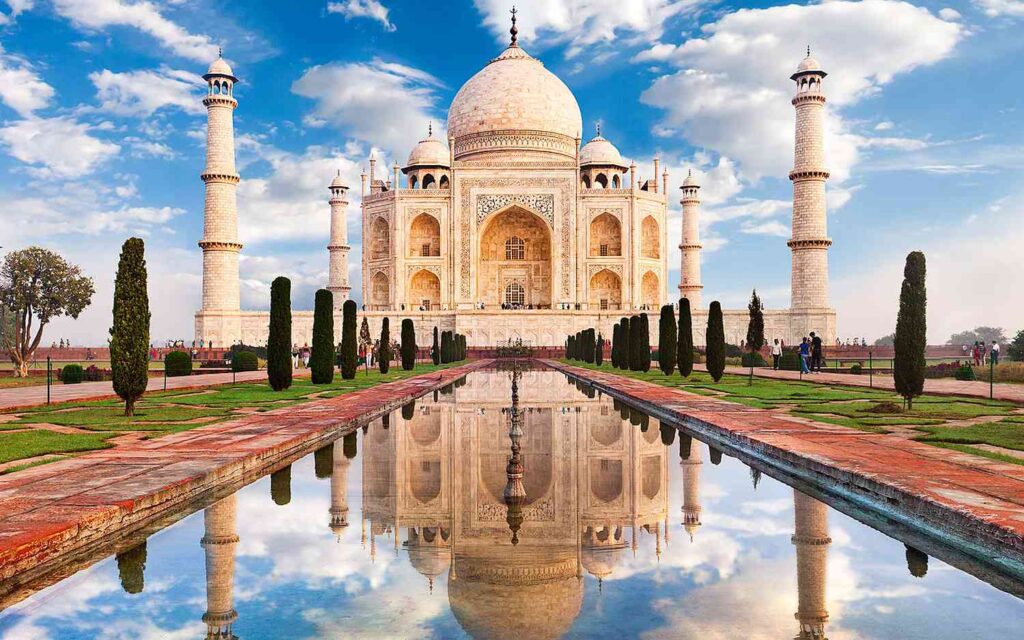
2. The Indus Valley Civilization: The Indus Valley Civilization is one of the oldest civilizations in the world, dating back to the Bronze Age. Its cities and towns were remarkably well-planned and advanced for their time, and they had a complex system of writing that has yet to be fully deciphered.
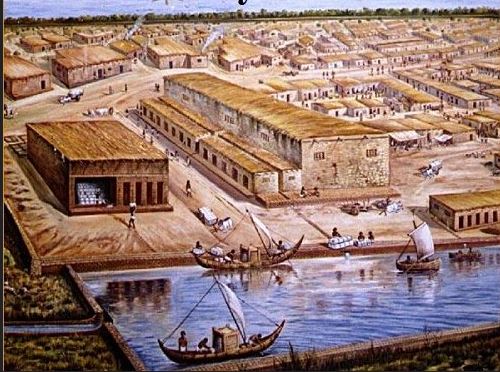
3. The Ajanta and Ellora Caves: The Ajanta and Ellora Caves are a series of caves in Maharashtra that were carved out of solid rock by ancient Buddhist, Jain, and Hindu monks. The caves are adorned with elaborate sculptures and frescoes, and their construction has baffled experts for centuries.
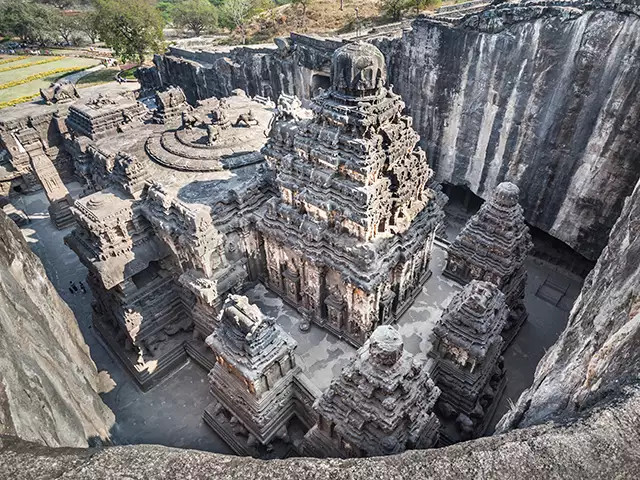
4. The Great Banyan Tree: The Great Banyan Tree is a massive tree in Kolkata that covers an area of more than 14,000 square meters. It is estimated to be more than 250 years old and is said to have mystical powers.
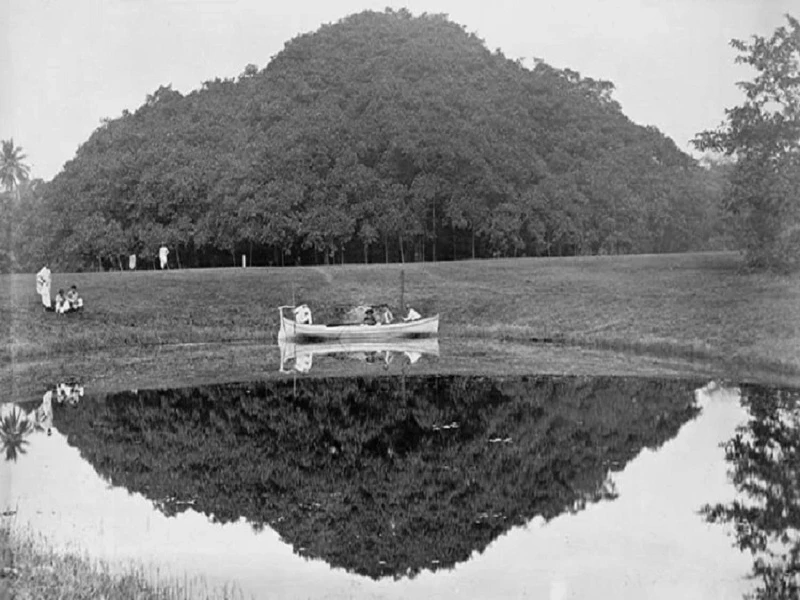
5. The Konark Sun Temple: The Konark Sun Temple is a temple in Odisha that was built in the 13th century. Its architecture and carvings are incredibly detailed and intricate, and the temple’s design is said to be based on ancient Vedic principles.
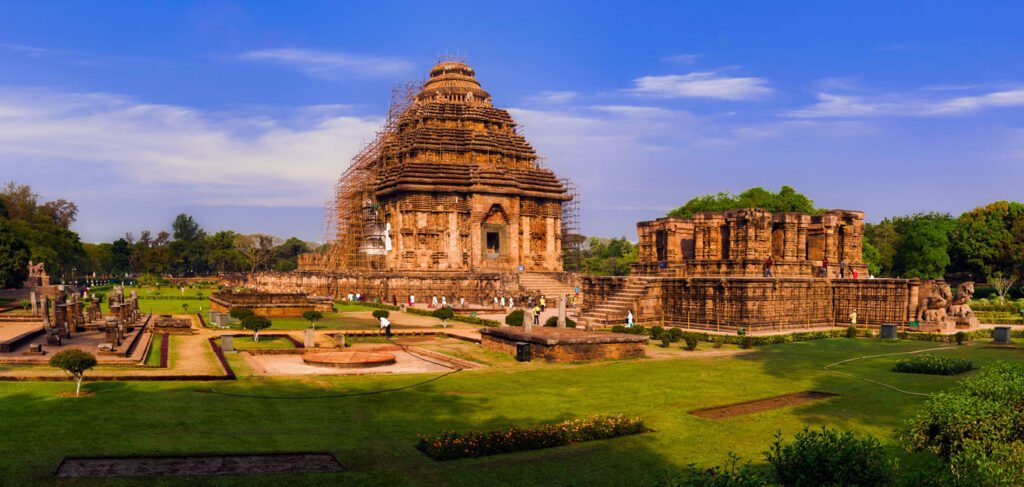
These are just a few of the many mysterious things in India that have captivated people’s imaginations for centuries.
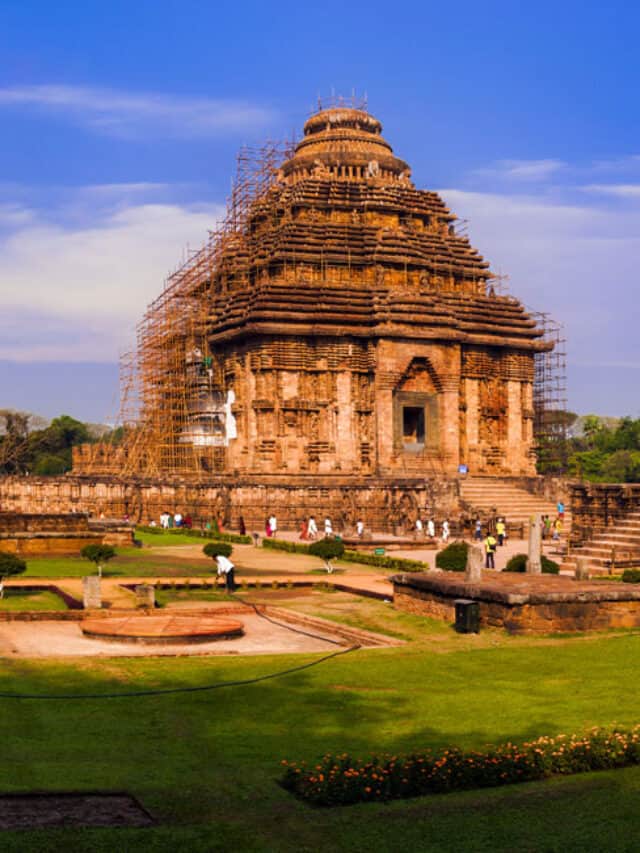
great job
Dear Rajeev Ji,
Thank you for taking the time to read my blog post and leaving a comment. I truly appreciate your feedback and insights on the topic.
I’m glad to hear that you found my post informative/insightful/interesting/helpful, and I’m always open to any suggestions or feedback you may have to improve future content.
Once again, thank you for your support and engagement with my blog. Please don’t hesitate to reach out if you have any further questions or comments.
Best regards,
it postnice!!
Thank you for taking the time to read my blog post and leaving a comment. I truly appreciate your feedback and insights on the topic.
I’m glad to hear that you found my post informative/insightful/interesting/helpful, and I’m always open to any suggestions or feedback you may have to improve future content.
Once again, thank you for your support and engagement with my blog. Please don’t hesitate to reach out if you have any further questions or comments.